Early Works
2010 Sweet Dreams are made
2009 Bach
2006 Vue Imprenable
2006 There is no exception
2004 PYHO
2002 TBYLTMYS
2001 SPFC
2000 TIJTD
2000 Ecce@Ens
Early Works
2010 Sweet Dreams are made
2009 Bach
2006 Vue Imprenable
2006 There is no exception
2004 PYHO
2002 TBYLTMYS
2001 SPFC
2000 TIJTD
2000 Ecce@Ens
Sweet Dreams Are Made

Sweet Dreams Are Made speaks of and endeavours to articulate the experience you and I have of our unconscious processes. In doing so we approach the impossible or something on the brink of unspeakable. We approach it with all the tools we have at hand: through translation, through kinaesthetic transference, through simple recognition, through rhythm, through extended time, through the common knowledge we share of dreams, through half logic of dreamers and the illogic of sensation. Derrida says any honest attempt at taking responsibility for ones place in the world (with all the contradictions and blind spots that implies), must bring us face to face with the impossible: “the condition of possibility of this thing responsibility is a certain experience and experiment of the possibility of the impossible.” This made us think about the inconceivable or the undreamt of and we came to the plain conclusion that if one can perceive of something through dreams it can potentially be conceived of or made to exist. Our response is some of the things we are dreaming of.
Read more
In this collaborative work, Simone Aughterlony and Isabelle Schad propose the theatre as being at once the space of dreaming and part of the dream itself. In their ever-evolving setting the body is capable of shifting status. The register of the performing body shifts from the quotidian and familiar to de-familiar or becoming body, from the theatrical body to the cartoon figure, the reflective body to the absent. Within this dream space they try to unravel the multiplicity of perspectives how to create a sense of the being the one observing whilst simultaneously being the subject of observation. They cultivate expressions of magical phenomena and delight in the construction of images of astonishing and uncanny coherence.
see also Simone Aughterlony
Simone Aughterlony (CH-D), Isabelle Schad (D)
Choreography, Concept: Simone Aughterlony, Isabelle Schad
Performer: Nic Lloyd, Arantxa Martinez, Lola Rubio, Isabelle Schad, Thomas Wodianka, Fiona Wright
Dramaturgical Collaboration: Saša Božić
Lightdesign, technical direction: Bruno Pocheron
Costume/Design Nadia Fistarol
Sound, software development: Olivier Heinry
Music, composition: DECOY – Laurent Dailleau, Nadia Ratsimandresy
Production-Management: Susanne Beyer, Verein für allgemeines Wohl – Roger Merguin
Production: Simone Aughterlony, Isabelle Schad
In Co-production with: Art workshop Lazareti Dubrovnik, Campo Gent, Dampfzentrale Bern, de facto Zagreb, La Bâtie-Festival de Génève, Productiehuis Rotterdam (Rotterdamse Schouwburg), Theaterhaus Gessnerallee Zürich, HAU Berlin, PACT Zollverein Essen
Supported by: Hauptstadtkulturfonds Berlin, Pro Helvetia Schweizer Kulturstiftung, Fachstelle Kultur Kanton Zürich, Präsidialdepartement der Stadt Zürich, The Ministry of Culture of Croatia
Contact: Susanne Beyer / ed.xm1765983325g@rey1765983325ebenn1765983325asuS1765983325 /// Roger Merguin / hc.es1765983325irnus1765983325@niug1765983325rem.r1765983325egor1765983325

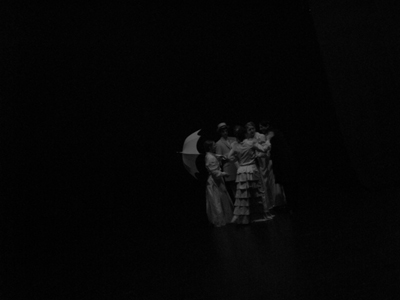
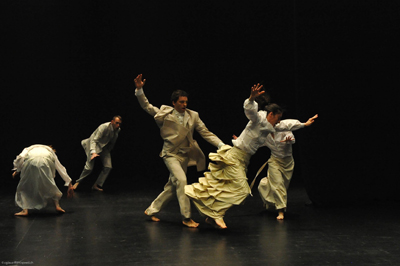
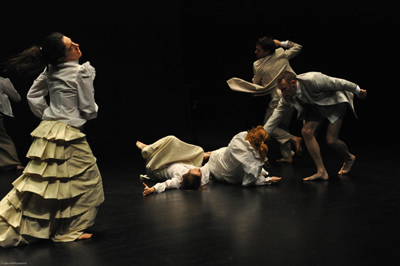

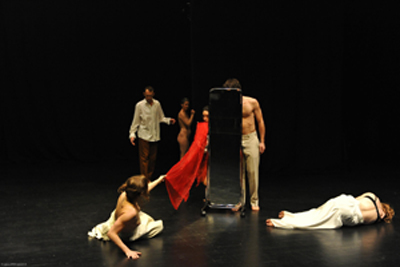
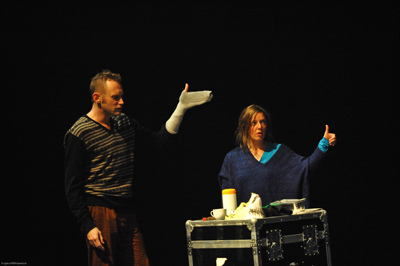
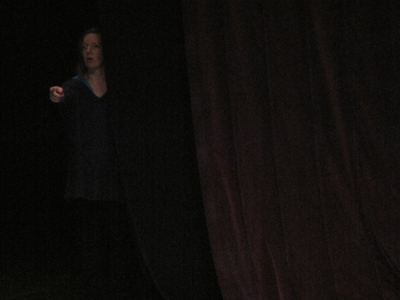

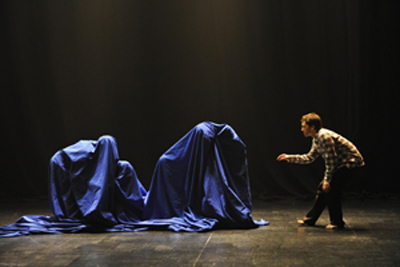
2010 CONTEXT Festival Berlin
26.-28.01.2010 / HAU1
HEBBEL AM UFER – HAU 1: Stresemannstr. 29 / 10963 Berlin
img class=”size-full wp-image-2900 alignnone” src=”https://isabelle-schad.net/wp-content/uploads/2022/09/sd-web10.jpg” alt=”” width=”300″ height=”200″ />
2010 Rotterdam
21 jan + 22 jan 2010
Lantaren/Venster
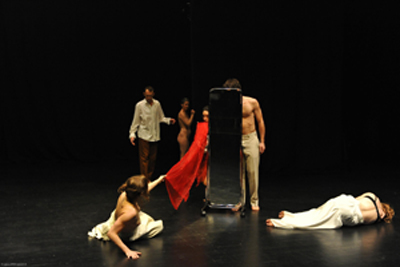
2010 Tanzquartier Wien
ÖSTERREICHISCHE ERSTAUFFÜHRUNG
15. Jan. + 16. Jan. 2010, TQW / Halle G
Einführungen zu den Veranstaltungen
15. Jan. + 16. Jan. in TQW / Studios

In Sweet Dreams Are Made definieren die Choreografinnen Simone Aughterlony und Isabelle Schad die Bühne als Möglichkeitsraum: Zugleich Traumbehälter und Setting eines Traums, durchdringen sich im Theaterraum Imagination, Visionen und gelebte Erfahrungen und fallen in wechselnden perspektivischen Verortungen ineinander. Was aber geschieht mit den Bildern – mit ihren Körpern, Geschichten, Empfindungen und Emotionen – wenn sie durch die Linse des Schlafs und mit der Halblogik der Traum-Phänomene betrachtet werden? Sweet Dreams Are Made lädt die Zuschauer ins Theater ein, um gemeinsam einsam zu sein. Um sich auf ein Unterfangen einzulassen, in dem sie sich als Beobachter eines Traums dabei ertappen, die mit ihm verbundene Realität und Umgebung selbst herzustellen.
She is driving around and she’s thinking, “All right I’m still alive, now what am I going to do?” So she figures she’ll go down and rent a movie. So she goes down to the video store but then she can’t remember the title of the movie she wants. So she’s describing the movie to the guy. “Yeah, you know it’s that black and white movie, it’s on colour film.” “I think it stars Nicholas Cage and Hayley Mills. It’s that movie where the theatre becomes a secret place for organised meetings between two choreographers who are trying to un-do each other’s unconscious. There’s some stuff in between before the country loses the war because they accidentally made their submarines out of Styrofoam and they won’t go under the water.” And the guy is just blankly looking at her and as she says this to him she’s realising it’s not a movie she saw, it’s a dream she had. She’s thinking, “My God I’m trying to rent one of my own dreams.” (Which would be pretty cool actually.) Then the guy says to her, “That’s not a movie you saw, that’s a dream you had.” She says, “How do you know?” He says, “Because you were in here last week trying to rent the same thing.” She says, “Alright, let me know when you get it in.”
Read more
Notes by Saša Božić:
O chestnut-tree, great-rooted blossomer,
Are you the leaf, the blossom or the bole?
O body swayed to music, O brightening glance
How can we know the dancer from the dance?
W.B.Yeats: Among School Children
Sweet dreams are made endeavours to engage with the act of dreaming as a starting point for researching theatre as a medium. It does not approach or try to explain the nature of dreams from a theoretical or psychoanalytical background but invites the spectator to indulge in the sensation of dreaming while perceiving and understanding that experience as created through the machinery of the theatre act itself.
Throughout the process of Sweet dreams are made we explored the common knowledge we share of dreams, we attempted to retell the dream experience. In dreams as in theatre the impossibility of truly sensing the body offers writings and reflections towards new corporeality. This disempowered body becomes a source of endless and ever-growing narrations. On the other hand, the exposed and materialized body is perceived only as a Chimera: We have been invited to listen to its non-human pulse. The performers try to find expression for their dream experience knowing that in the process of communicating it will vanish, it will remain an enigma. They are held captive like modern day Sirens, arrested in the fullness of their lust while narratives skip across their bodies. The stories (naturally) fall apart; motives, logic, and drives become elusive – leaving flashes and halos of meaning.
Balancing on the verge of the inexpressible, Sweet dreams are made becomes an essay on a particular kind of theatre; one that avoids the accustomed babble and prattle, offering instead a mindful approach to movement in dialogue with intimate whispering. Its concept accentuates the similarity of the spectator’s perception in the theatre and in dreams: the phenomenon whereby what comes into focus is not necessarily what is represented. The result is a complex construct that ceaselessly underlines the gravity of the question: how can we forget that we are in the theatre while being manipulated by all its means?
Saša Božić